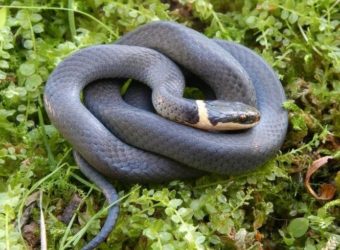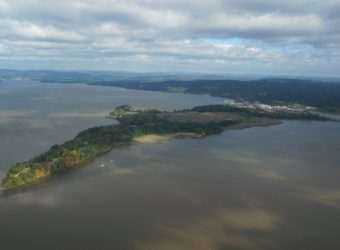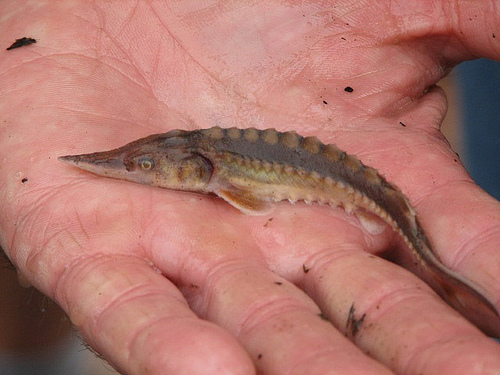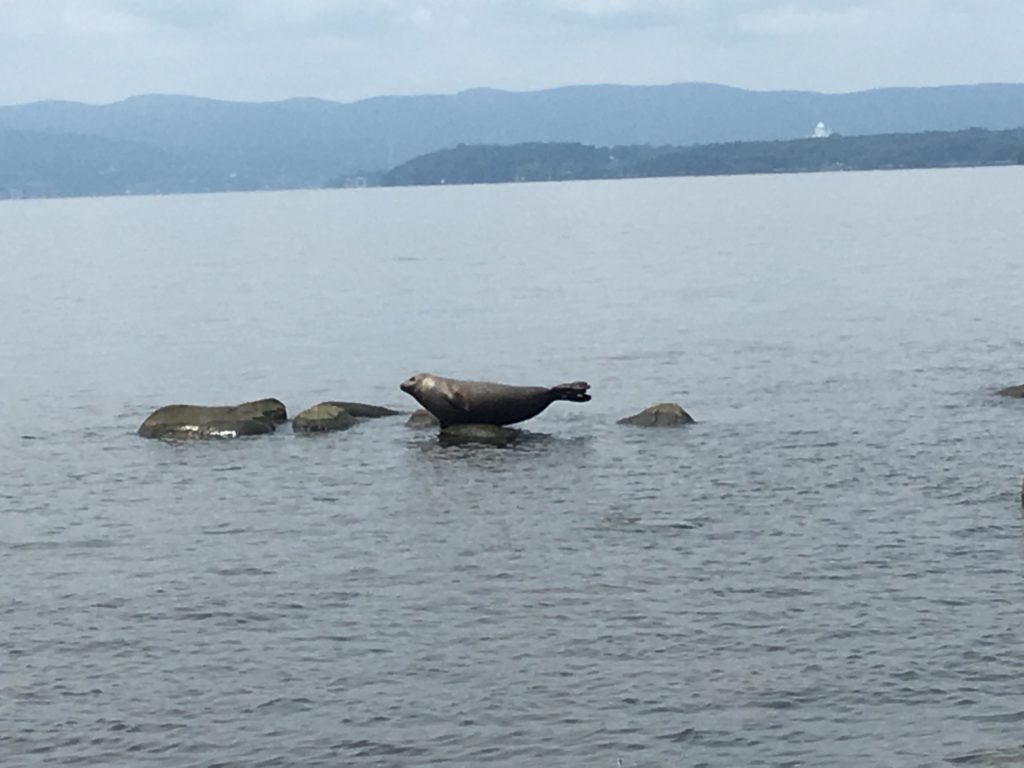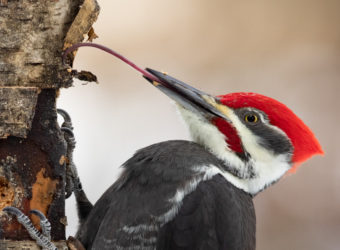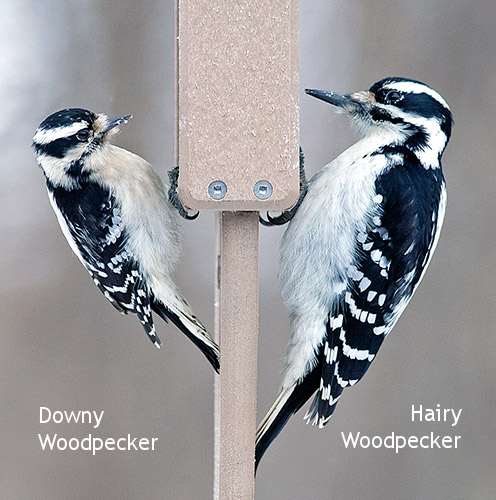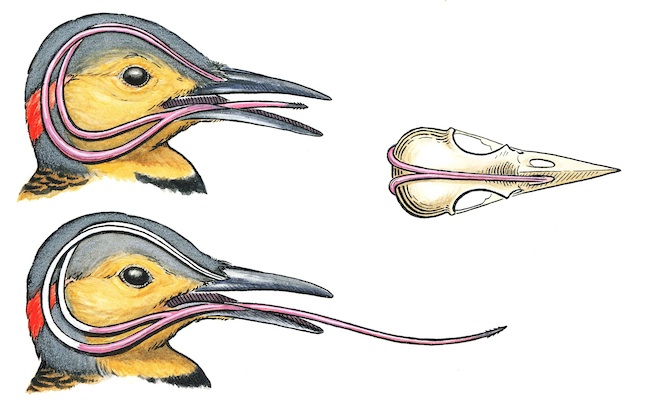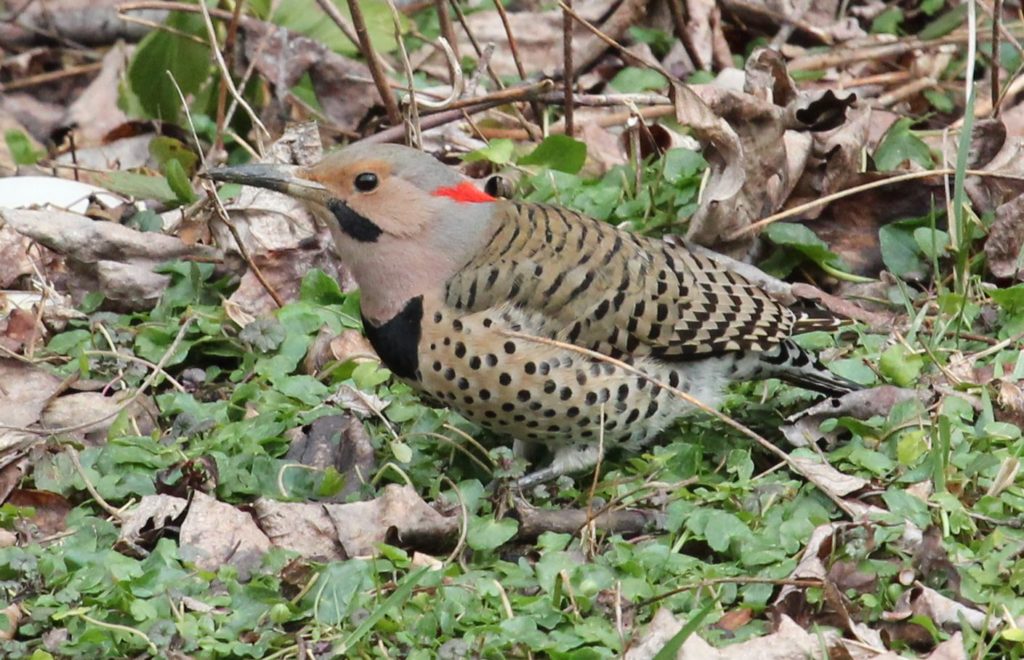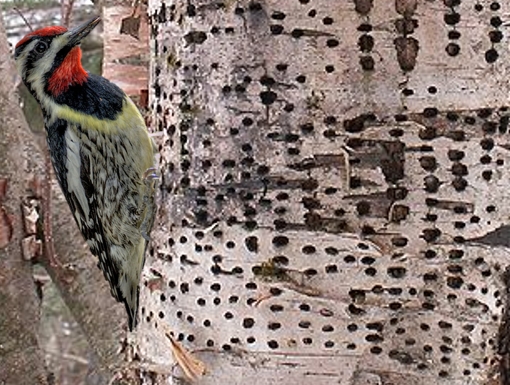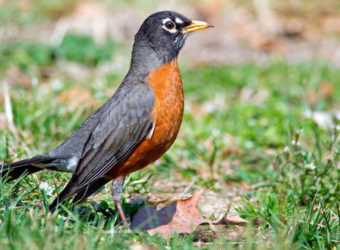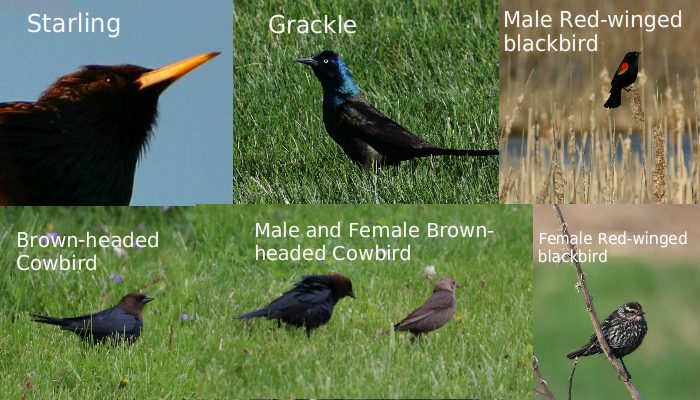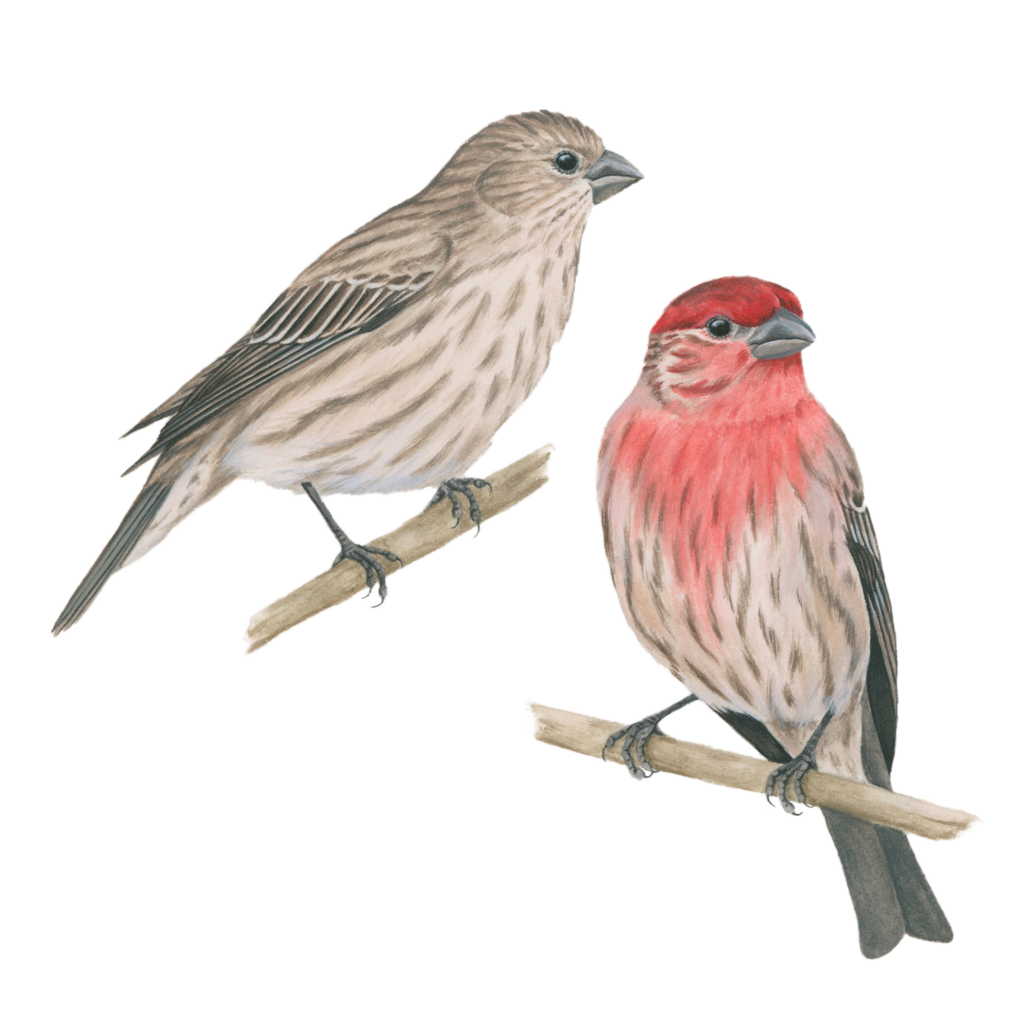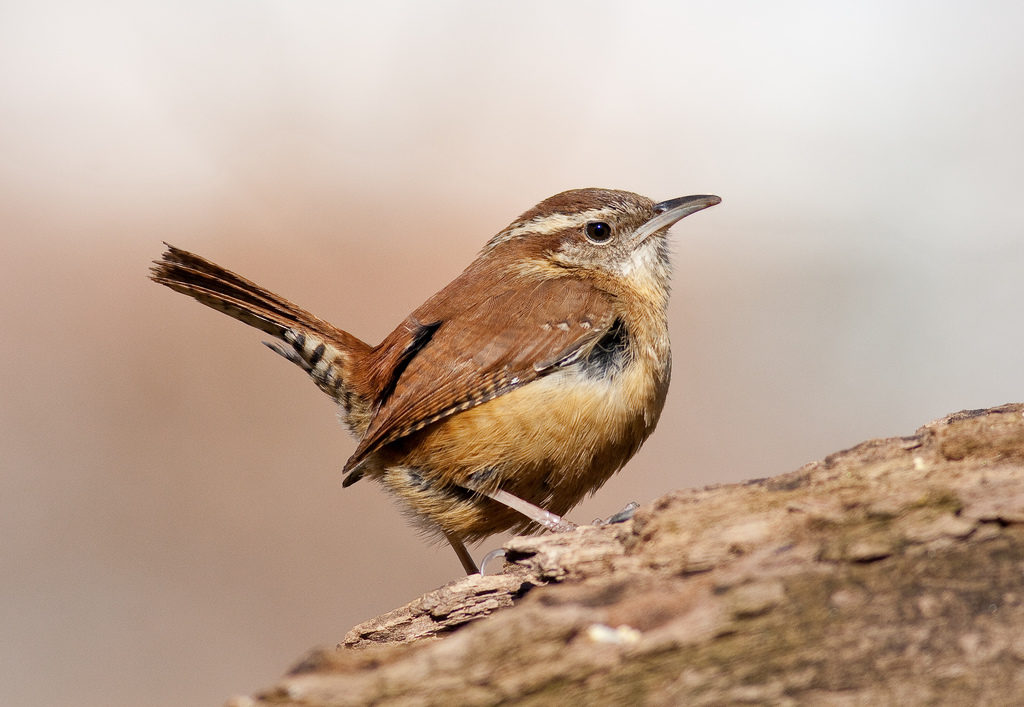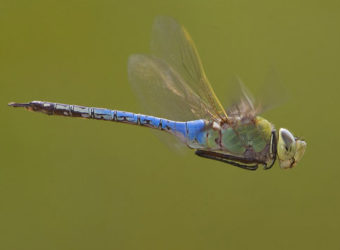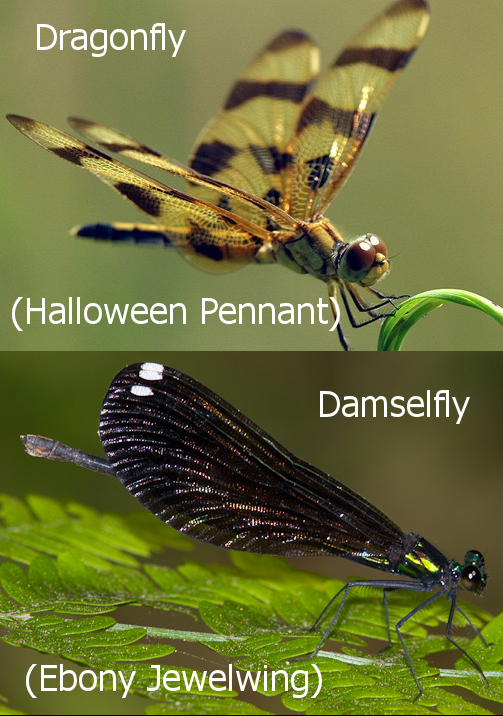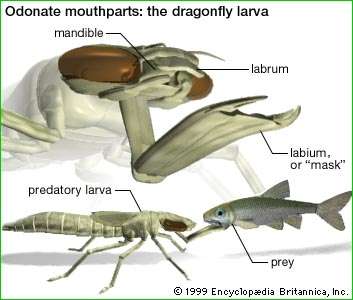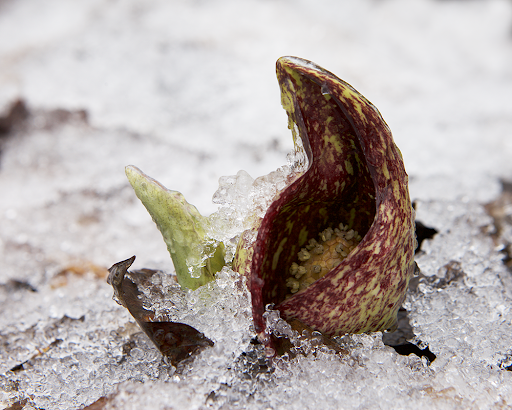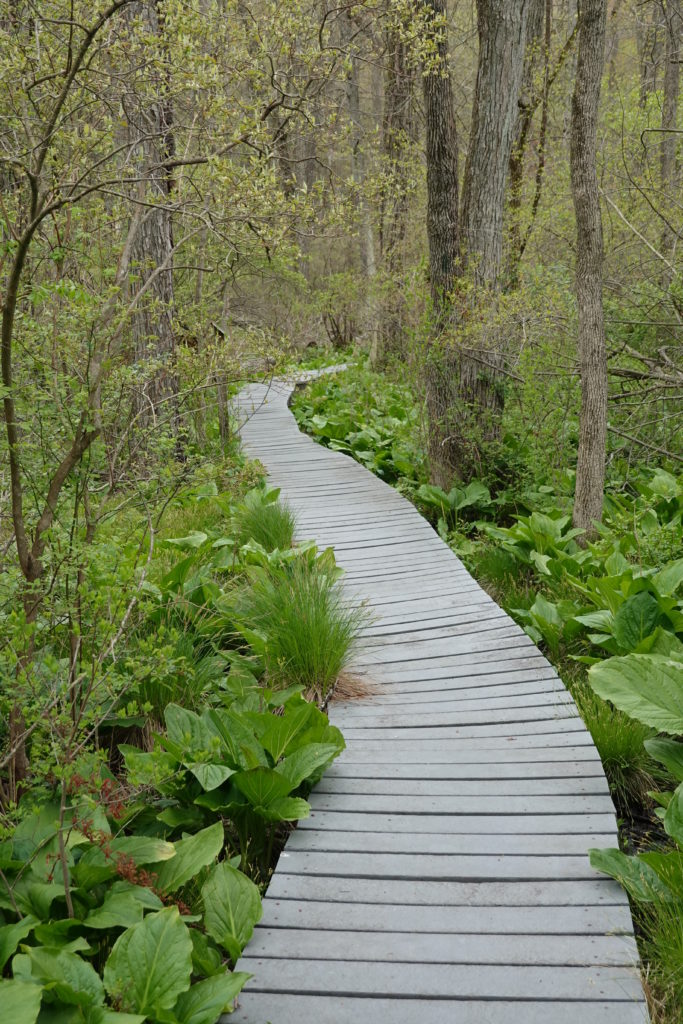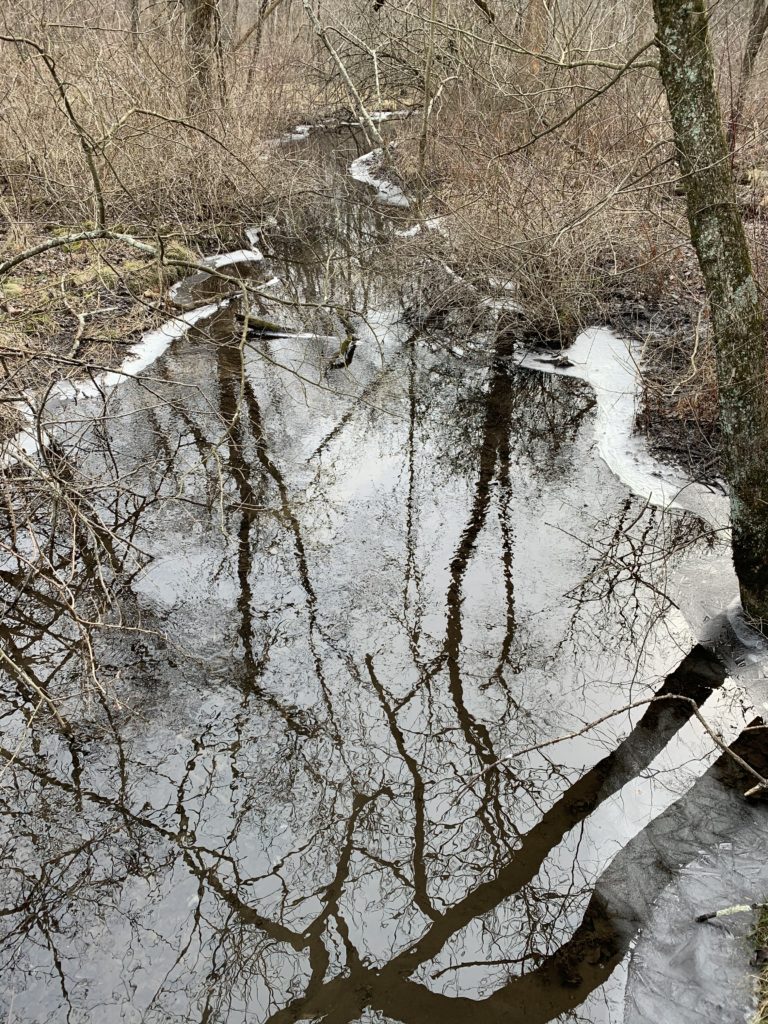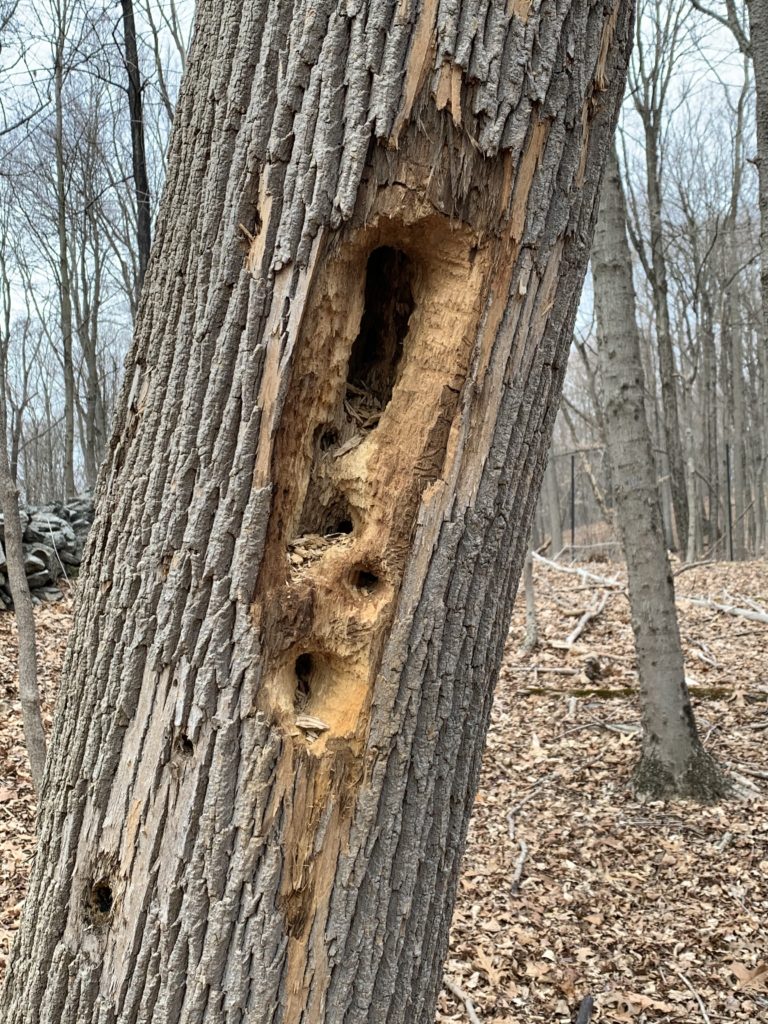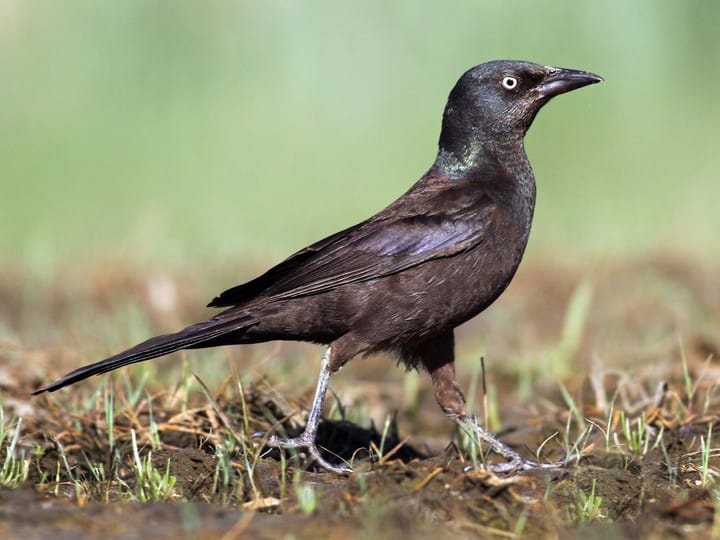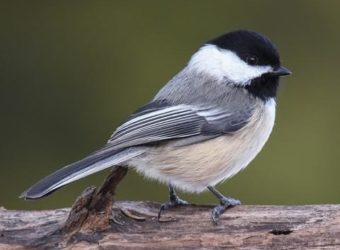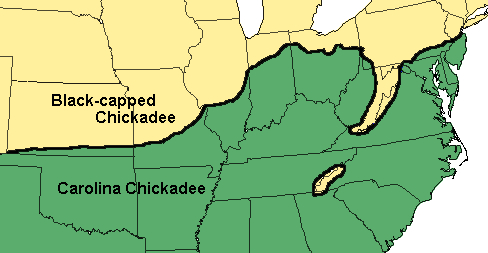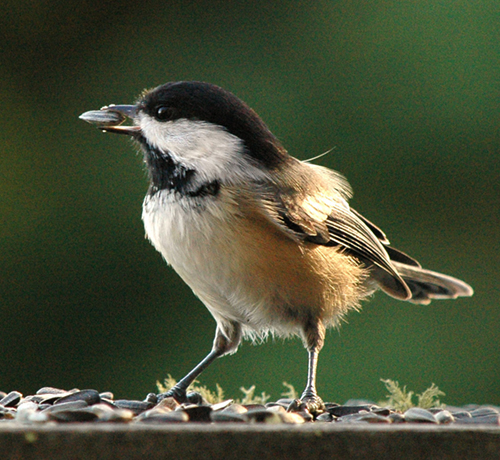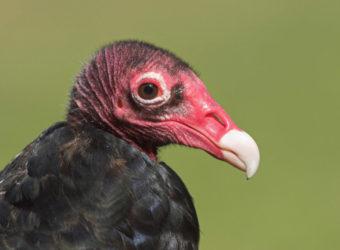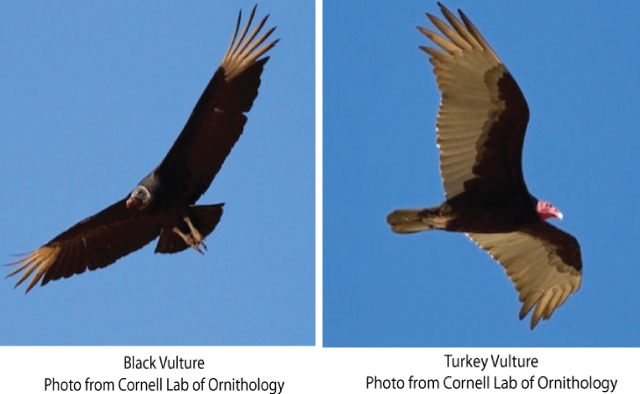Landscape with Snakes
Many years ago, when my son was about six, he and I went for a quick spring walk around Swan Lake in Rockefeller State Park. In those 45 minutes, we witnessed a whole range of fascinating animal behavior I’d never seen before and have not glimpsed since.
We saw two gigantic male bullfrogs fighting, standing up on their hind legs and engaging in hand-to-hand combat as they emitted horrendous angry groans. We spotted a newly hatched Snapping Turtle, little bigger than my thumbnail, gazing back at us fearlessly. We watched two male Baltimore Orioles fly across the lake towards us, darting at each other the whole way. They were so intent on their rivalry that they crashed headlong into a bush at our feet, only to emerge a moment later, uninjured and glaring at each other.
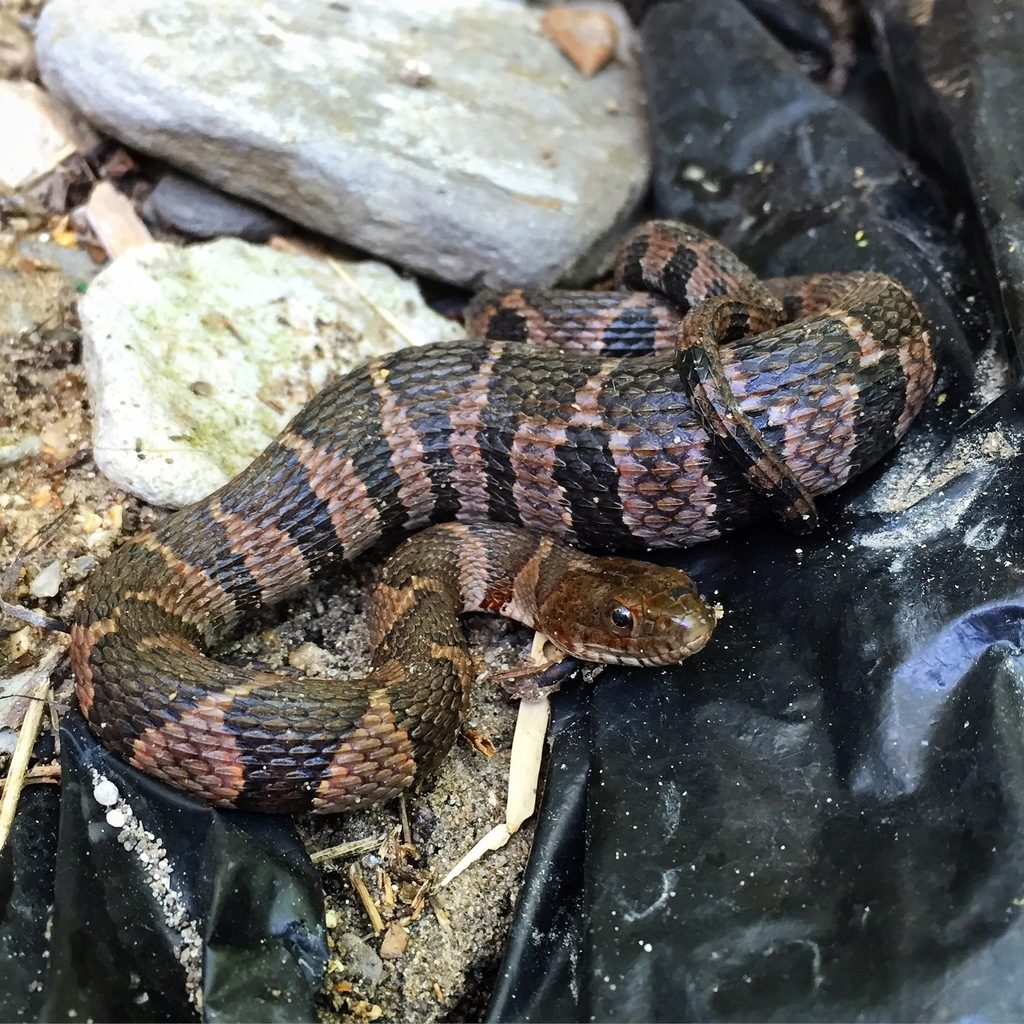
https://www.inaturalist.org/guide_taxa/928039
And we saw snakes. So many snakes. In the shallow southern end of the lake, at least a dozen Northern Water Snakes had gathered, some intertwined, others nosing around the reeds and water plants. Down the shoreline were others, including one that had decided to make another bullfrog into a meal.
For ten minutes we watched as the snake, opening its jaws as wide as it could, tried to swallow the frog. As the frog struggled to escape, the two creatures toppled first one way and then the other. Finally, either exhausted or realizing that its mission was hopeless, the snake released its hold and the frog swam away, seemingly little worse for wear.
For those of us who love reptiles and amphibians (including snakes!), April marks the month not only when most migrating birds return, but when our cold-blooded residents emerge from their winter slumbers and repopulate our ponds, woods, and shorelines. Painted Turtles and Yellow-Eared Sliders (along with some large, invasive Red-Eared Sliders) stack up on logs and exposed rocks. Terrestrial Red-Backed Salamanders stake out their territories under rotting logs, while Red Efts wander the moist forest floor.
And snakes? Even if most of them stay hidden from view, snakes are everywhere once spring arrives and throughout the warmer months of the year. This includes SMRA’s preserves, where at least eight of New York’s 17 species have been found. You just have to know where—and how—to look.

https://www.flickr.com/photos/austinluker
Common Garter Snakes, those small- to medium-sized snakes whose dark bodies are contrasted by multiple lighter racing stripes, are probably the best-known species in our area. They’re certainly the one most likely to appear in suburban gardens, hiding in woodpiles and little-used sheds or sunning themselves atop rock walls.
But the Northern Water Snakes that my son and I saw in such abundance may be the most conspicuous of all local species. Both their size (they can reach more than four feet in length) and their comparative lack of caution in their watery habitat help make them hard to miss.
Dark (they can be almost black, brown, or gray) with lighter blotches or bands, water snakes are most often encountered while they’re foraging in the shallows of ponds or streams. But they’ll also congregate in numbers on exposed rocks to bask in the sun.
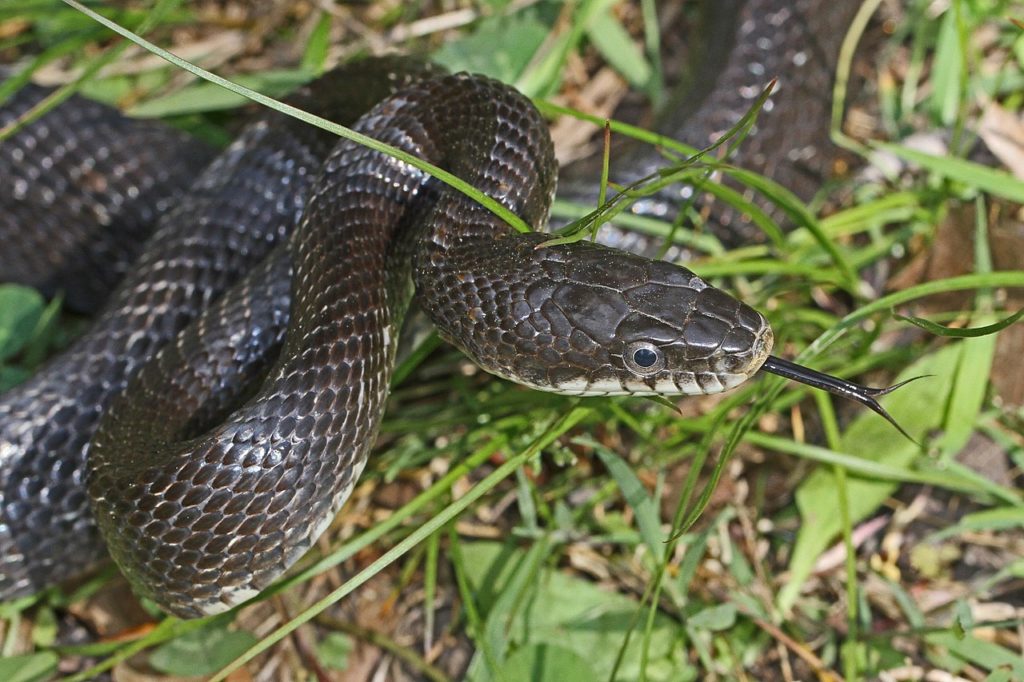
The largest regularly seen snake in our area is the Eastern or Black Rat Snake, which can reach a solidly built seven feet in length. (The usual suspects around here are four or five feet long…big enough!) This species can be quickly recognized by the way that its white lower jaw and chin contrast with its black body.
In more agrarian times and places, rat snakes were always welcome residents of any farm. Ferocious hunters of rats and other rodents, they are no threat to humans unless mishandled. (A trait they share with other snakes, most of which want nothing more than to be left alone.)
Currently Rat Snakes are still doing well, even in our populated suburbs. Yet they are sometimes killed just because of their size and prominence, and due to the general fear—even hatred—of snakes that afflicts far too many people.
For those of us who consider snakes an essential and fascinating part of the natural world, a glimpse of the other, less commonly noted species always counts as the highlight of a hike or nature walk. In SMRA’s sanctuaries and other undisturbed areas, you can find the colorful Eastern Milk Snake, the slender and retiring Ring-Necked Snake, and my favorite, the Eastern Hognose Snake.
I confess that I’ve yet to see a Hognose Snake in the wild. So how can it be my favorite? For its brilliant—or at least enthusiastic—thespian abilities.
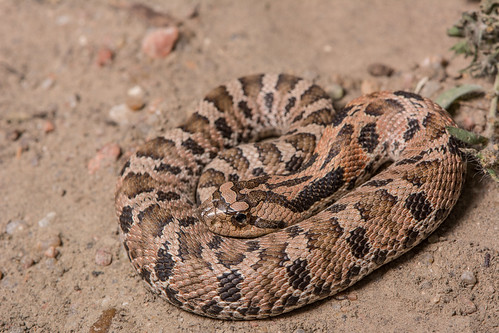
https://www.inaturalist.org/photos/55054290
If bothered, the Hognose will first try hissing and mock strikes. But if these don’t work, it will play dead, rolling over onto its back and lying there slack-jawed. In fact, it is so dedicated to its art that if you flip a playacting one onto its stomach, it will roll onto its back once again. (“Can’t you see I’m dead?”)
What about venomous snakes? None have yet been reported in any of SMRA’s sanctuaries, but two species—the Copperhead and the Timber Rattlesnake—do live in our region.
The Timber Rattler—usually tan with darker blotches and bands, with a triangular head, stout body, and, of course, rattle—is occasionally spotted in the area’s wilder parks, such as Harriman and Bear Mountain. There, individuals or small groups can sometimes be seen sunning themselves on the rocky outcroppings or ravines where they make their dens.
The usually rusty-red Copperhead (a rattle-less rattlesnake) is a rare resident of Ward Pound Ridge Reservation, Rockefeller State Park, and other larger protected areas. With this species—as with all snakes—the most important rule of thumb is: Do not approach. They are nearly always far less eager to be seen than many of us are to glimpse one.
During these months, the mere possibility of seeing a snake also reminds us that even amid never-ending suburban development, powerful predators—black bears, hybrid coyote-wolves, bobcats, and venomous snakes—continue to hang on, prowling, stalking, and sometimes sliding silently through the underbrush.
Just as they always have, and just as they always should.
Copyright © 2020 by Joseph Wallace
